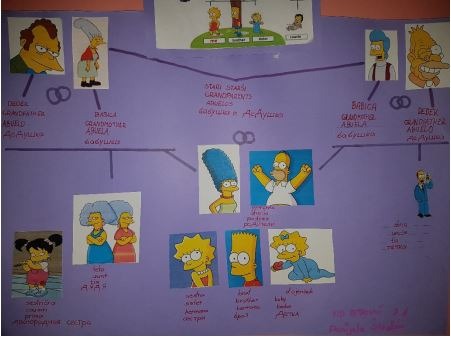by Sonia Pavlenic
Human migration is not something new, something that has started recently. People have always migrated either in groups or as individuals for different purposes – to escape war, hunger, poverty, religious intolerance, or difficult political situation. Some more significant migrations have occurred in the last four centuries and each of them has contributed its share to a unique mosaic of cultures, traditions, religions and multicultural society. Some of the big, vibrant European cities have become an interesting mixture of people who are so different but also so similar at the same time.
Why do immigrant children need help?
As I mentioned before, reasons for migrations are different. Some people are forced to leave their homes and some leave them willingly. Nevertheless, the most vulnerable group of migrants are always children, especially the ones who are unaccompanied. It is difficult for them to understand why they have to leave their home, their relatives and friends, their pets and toys. When they arrive at the final destination, they are faced with many difficulties, which may include a new language, new traditions, behaviour, religion… Sometimes these challenges turn out to be too hard for adults, let alone a child. Therefore, the integration of immigrant children into society is of great importance.
Socialisation and cultural transmission
It is clear that schools play an important role when it comes to integrating children into society. Beside the subject knowledge pupils/students gain at school, there are two other functions, which are even more important for immigrant children: socialisation and the transmission of cultural norms and values.
According to a dictionary definition, ‘socialisation is a process by which individuals acquire the knowledge, language, social skills, and value to conform to the norms and roles required for integration into a group or community’ (Business Dictionary, 2019). Primarily it occurs within the family, but one of the most important agencies of socialisation is also school. When an immigrant child starts school in another country, the child is definitely disadvantaged compared to other students. Even if the child does not come from a country affected by war, they can still be stressed, as everything they see and experience is new to them. Immigrant children do not usually speak the language of the new country and are not familiar with the culture and traditions. They see that their way of living and thinking is different. They feel weak. Furthermore, if their parents do not understand the language, they will not be able to help them.
What can teachers and students do to help them?
It is important for teachers to understand that their role in an immigrant child’s life is immense. Teachers should be aware that they could change such a child’s life for better, but also for worse. It is their task to make the integration for the child as easy as possible, but how can they do that?
First, an immigrant child needs to feel that they belong to the new surroundings. It is wise to prepare the class for the arrival of the child, to make the students aware of how the immigrant child might feel. A very efficient activity is a role-play in which one of the participants assumes a role of the immigrant child. Pupils should learn about the country the immigrant child comes from and about their culture. That will enable them to understand the child better as well as to share something with him/her.

When the child arrives, the students can welcome him/her with a few words of the child’s language, they can also prepare posters or a presentation with a few facts about the immigrant child’s country. The child will feel that the new friends are not ignorant. It is crucial that a teacher builds a bridge between the students and the immigrant child, as well as between the students’ culture, traditions, religion, and the immigrant child’s culture, traditions and religion. The immigrant child should of course be entitled to additional individual classes to learn the new language as well as to become aware of cultural heritage.
Conclusion
Immigrant children will successfully integrate into their host society only if they feel that they belong, if they feel welcome. There might be general guidelines on how to help them integrate but the thing is that each of them is an individual. It is somehow our duty to take our time and get to know them first, and only then, we will really be able to help them effectively.
References
- A History of migration, 2019. Available at: http://www.striking-women.org/module/migration/history-migration
- Long-Crowell, E., 2019. Functions of school: socialization, cultural innovation, integration and latent functions. Available at: https://study.com/academy/lesson/functions-of-school-socialization-cultural-innovation-integration-latent-functions.html
- The role of the school as a socializing agent, 2019. Available at: Here
- Jullie, F., 2012. The influence of culture on education. Available at: https://www.kenyaplex.com/resources/5769-the-influence-of-culture-on-education.aspx




